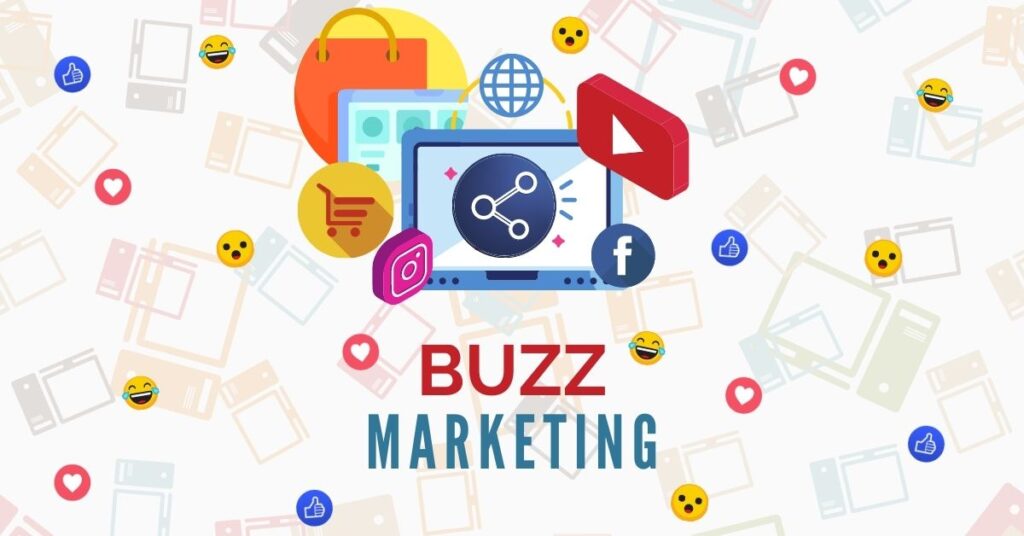What is Buzz Marketing

Buzz marketing is a viral marketing strategy that focuses on maximizing the word-of-mouth potential of a specific campaign or product, whether with discussions among customers’ family and friends or bigger-scale conversations on social media platforms. By getting consumers to discuss their product or services, companies that employ buzz marketing wish to expand their understanding via online traffic and increase sales and earnings. A buzz marketing example will undoubtedly be if a firm determines to promote an item with some kind of occasion focused around a program or feat of some sort where customers can try the thing and are encouraged to share their experiences through everyday discussion or online. An additional term for buzz marketing is astroturfing.

Online buzz marketing is usually driven by “influencers,” or very early adopters of a product, that aspire to share their ideas on the item and proactively start conversations about it. These people generally have established online visibilities and large followings on social media systems such as Twitter and Facebook and possess power and influence over their fan base. Influencers’ viewpoints get seen quicker and can have a favorable result on the item’s sales and awareness. Marketing experts intend to rally these influencers to develop buzz for their items. Some marketers target individuals referred to as “connectors,” or big-name individualities and celebs that can provide instant reliability and exposure to a product. Marketing professionals seeking a significant jump in understanding for an item will choose adapters, going for an instant jolt of societal importance.

Social media marketing is a primary component of buzz marketing. Facebook and Twitter are 2 of the primary social media systems that companies attempt to preserve a presence on. Utilizing these and other smaller social network sites, companies can engage with consumers, obtain feedback, address issues or issues, and advertise their services and products.
Various other online buzz marketing techniques include employing the aid of significant blog owners to produce a mix. Firms usually let bloggers or media electrical outlets try a product ahead of its release in exchange for a released mention of the product. Using website discussion forums to drum up buzz and developing customer areas that link follower clubs, message boards, and various other teams are examples of how companies establish online buzz marketing.
Buzz Marketing vs. Conventional Marketing
Buzz marketing is a different marketing method than the conventional outgoing marketing strategies or “mass marketing” techniques of TELEVISION, radio, and print advertising. In outbound marketing, companies aim to increase their messages to as many individuals as possible, hoping that they will be interested. Buzz marketing depends upon the power of one-on-one individual messages more than broadcast messaging and presumes that word-of-mouth holds more weight with customers. It is regarded as objective, coming from people they rely on and not merely directly from the business.
As consumers improve at recognizing buzz marketing when it is happening, marketing experts have to utilize these techniques intelligently and moderately to be efficient. Early examples of buzz marketing, such as pop-up ads, banner ads, and email marketing, were brand-new at the time. Still, customers have treated these techniques as inconveniences, and the online marketers’ message goes unnoticed. Businesses also risk not having the ability to connect their campaigns with the brand or item itself; merely developing a piece of web content that gets individuals speaking does absolutely nothing if the people can’t identify it with the company that created it.
Buzz’s marketing Examples consist of online videos, usually centered around something amusing, debatable, or shocking, that want to trigger a feeling and get individuals discussing it, sharing it using social media sites, and increasing views on websites YouTube. The business will then try to capitalize on the content’s popularity by posting the content on social media sites, providing hashtags to come to be a “trending topic,” or motivating consumers to download and install various other items of content to more foster consumer involvement.




